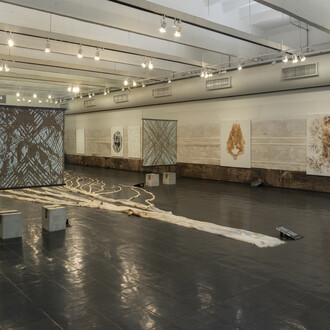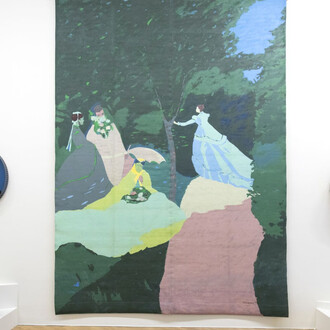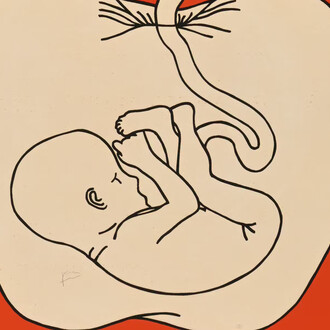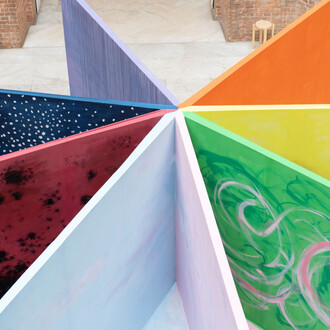MASP – São Paulo Museum of Art Assis Chateaubriand presents, starting April 11, the exhibition Women affected by dams: embroidering rights, which brings together 34 arpilleras produced by the National Women's Collective of the Movement of People Affected by Dams (MAB). The pieces were collectively made by women from all over Brazil in embroidery circles organized by the collective, as an expression of their experiences and struggles in response to the social and environmental impacts caused by the construction, operation, and rupture of dams.
Arpilleras, textile artworks that have become symbols of memory and the fight for human rights, are compositions of embroidered fabric scraps on jute. The technique originated in Chile in the 1960s and during Augusto Pinochet’s dictatorship became a cultural and political expression of female protagonism. Created mainly by women—many of them mothers, wives, and relatives of political prisoners and the disappeared—these works depict scenes of everyday life, repression, and the struggle for rights. The National Women's Collective of MAB began using the technique in 2013 to address themes such as domestic violence, the breaking of ties between land and community, violence against children and adolescents, lack of access to potable water and electricity, and the impacts of dams and river pollution on fishing and family livelihoods, among other human and environmental rights violations.
Curated by Glaucea Helena de Britto, assistant curator at MASP, and Isabella Rjeille, curator at MASP, this exhibition gathers arpilleras from different regions of Brazil, produced between 2014 and 2024. Organized chronologically, these pieces showcase a wide variety of techniques and themes. Each arpillera is contextualized by a letter written by its creators, kept in a pocket on the back of each piece, highlighting the collective and grassroots nature of the creative process. The exhibition includes a selection of six handwritten letters available to the public.
“For many people, an arpillera may seem like just an artwork to hang on the wall. For us, the political meaning of this textile testimony lies in the organization of women, in the fight for their rights, and in the political proposition—the dreams, the utopias, what we aspire to. It is a denunciation, but also a project of hope,” says Daiane Höhn, activist of MAB.
















